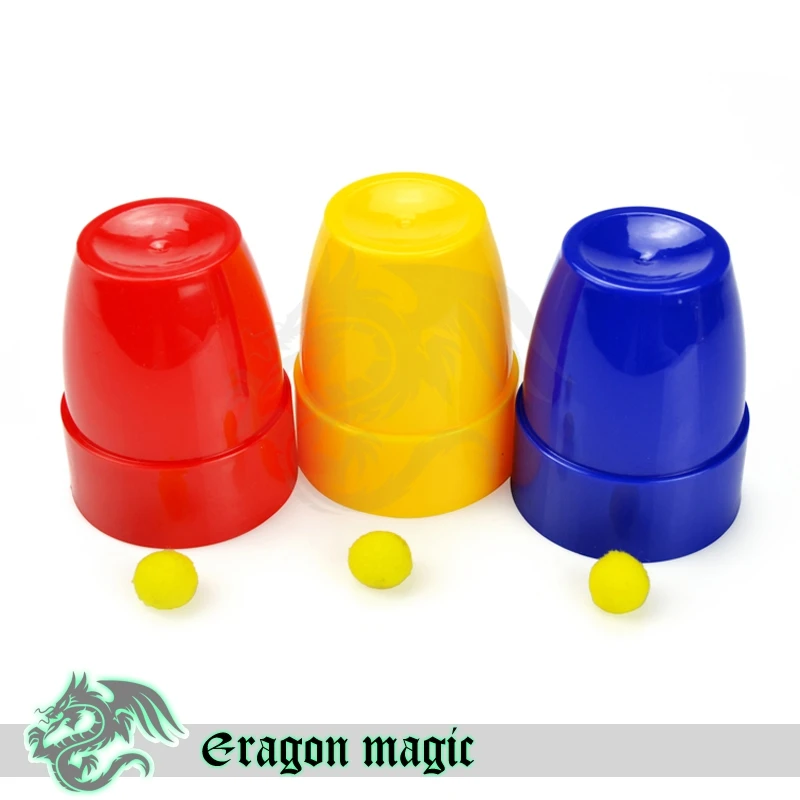

Yet, many magicians are “honest liars,” asking audiences to suspend their disbelief only during the performance, for the sole purpose of entertainment. In magic shows, illusionists apply similar techniques to convince spectators that false and even seemingly impossible events have happened. Events are reframed or given “spin” to mislead audiences. Statements become more believable every time they are repeated. Overwhelming information prevents the formulation of alternative explanations. We often trust misinformation for reasons that are unrelated to an objective, critical interpretation of the available data: Key facts go unnoticed or unreported. When we believe misinformation, we have succumbed to an illusion: our perception or interpretation of the world does not match reality.
#Cups and balls magic trick how to#
Our results have implications for how to optimize the performance of this classic magic trick, and for the types of hand and object motion that maximize magic misdirection. Occlusion of the magician's face did not affect the subjects' perception, suggesting that gaze misdirection does not play a strong role in the Cups and Balls illusion. Training improved the subjects' perceptual performance. The condition in which the ball was lifted displaced the subjects' gaze position the most, whereas the condition in which there was no ball caused the smallest gaze displacement. Perceptual performance was worse for the conditions where the ball was placed on the table, or stuck to the cup, than for the standard maneuver. Subjects' perception was more accurate with transparent than with opaque cups. Seven subjects watched the videos of the performances while reporting, via button press, whenever balls were removed from the cups/table (button "1") or placed inside the cups/on the table (button "2").

The sleight at the third cup involved one of six manipulations: (a) standard maneuver, (b) standard maneuver without a third ball, (c) ball placed on the table, (d) ball lifted, (e) ball dropped to the floor, and (f) ball stuck to the cup. introduce surreptitiously) a small ball inside each of two upside-down cups, one at a time, while using his left hand to remove a different ball from the upside-down bottom of the cup. Magician Teller used his right hand to load (i.e. We examined a version inspired by the entertainment duo Penn & Teller, conducted with three opaque and subsequently with three transparent cups. Here we studied several sleight-of-hand manipulations in the performance of the classic "Cups and Balls" magic trick (where balls appear and disappear inside upside-down opaque cups). Magic illusions provide the perceptual and cognitive scientist with a toolbox of experimental manipulations and testable hypotheses about the building blocks of conscious experience.


 0 kommentar(er)
0 kommentar(er)
